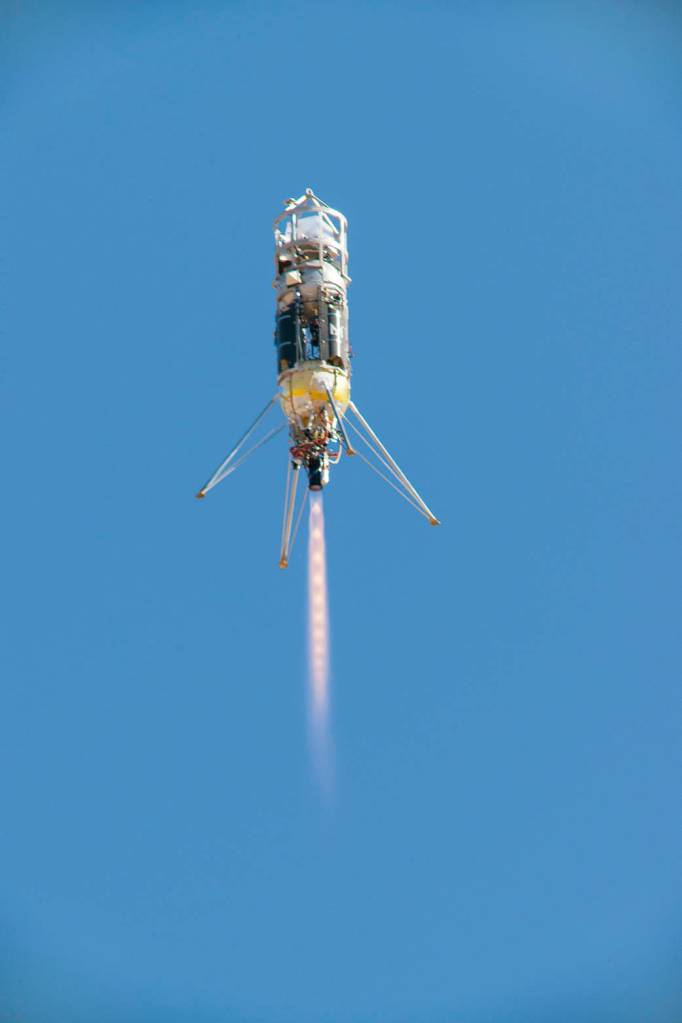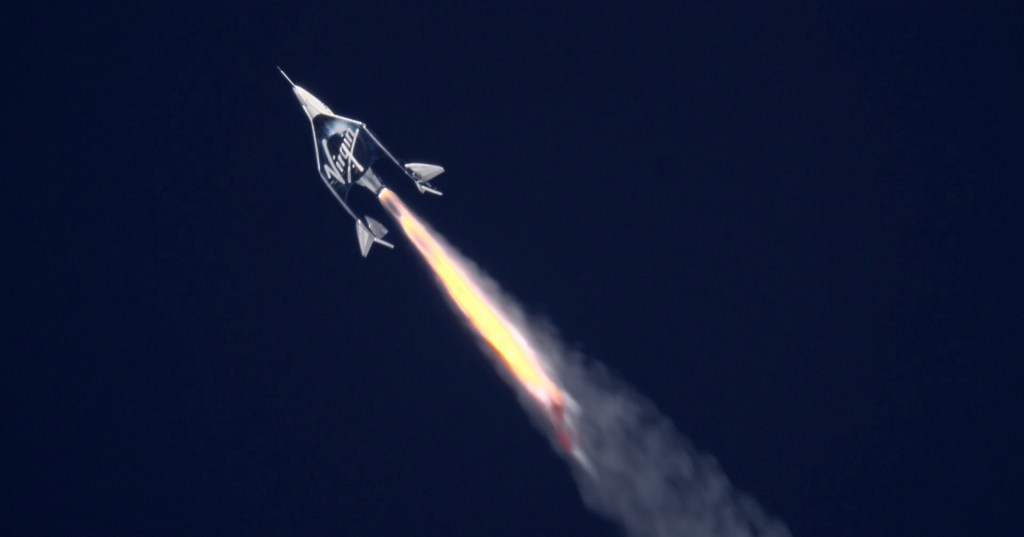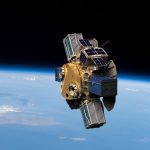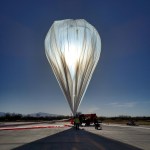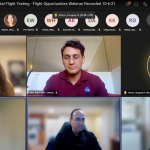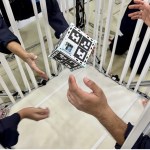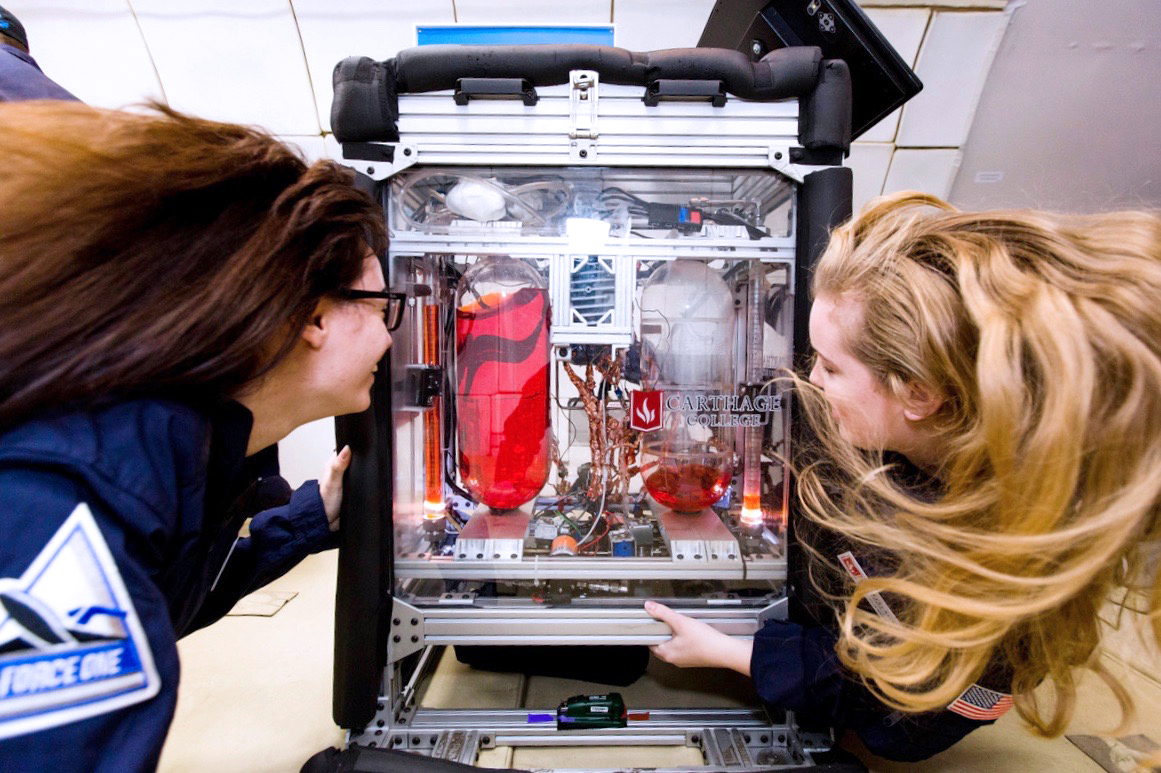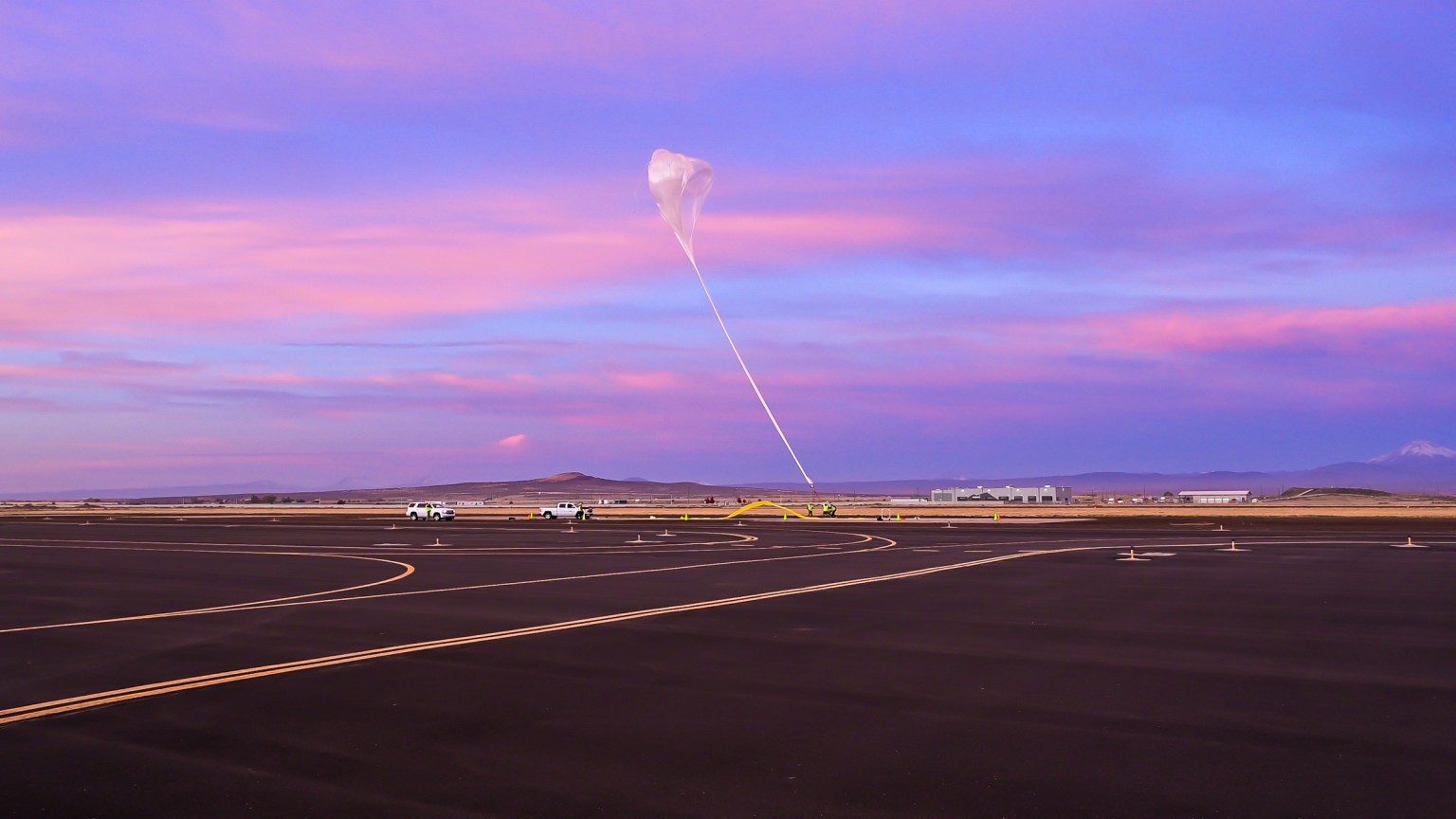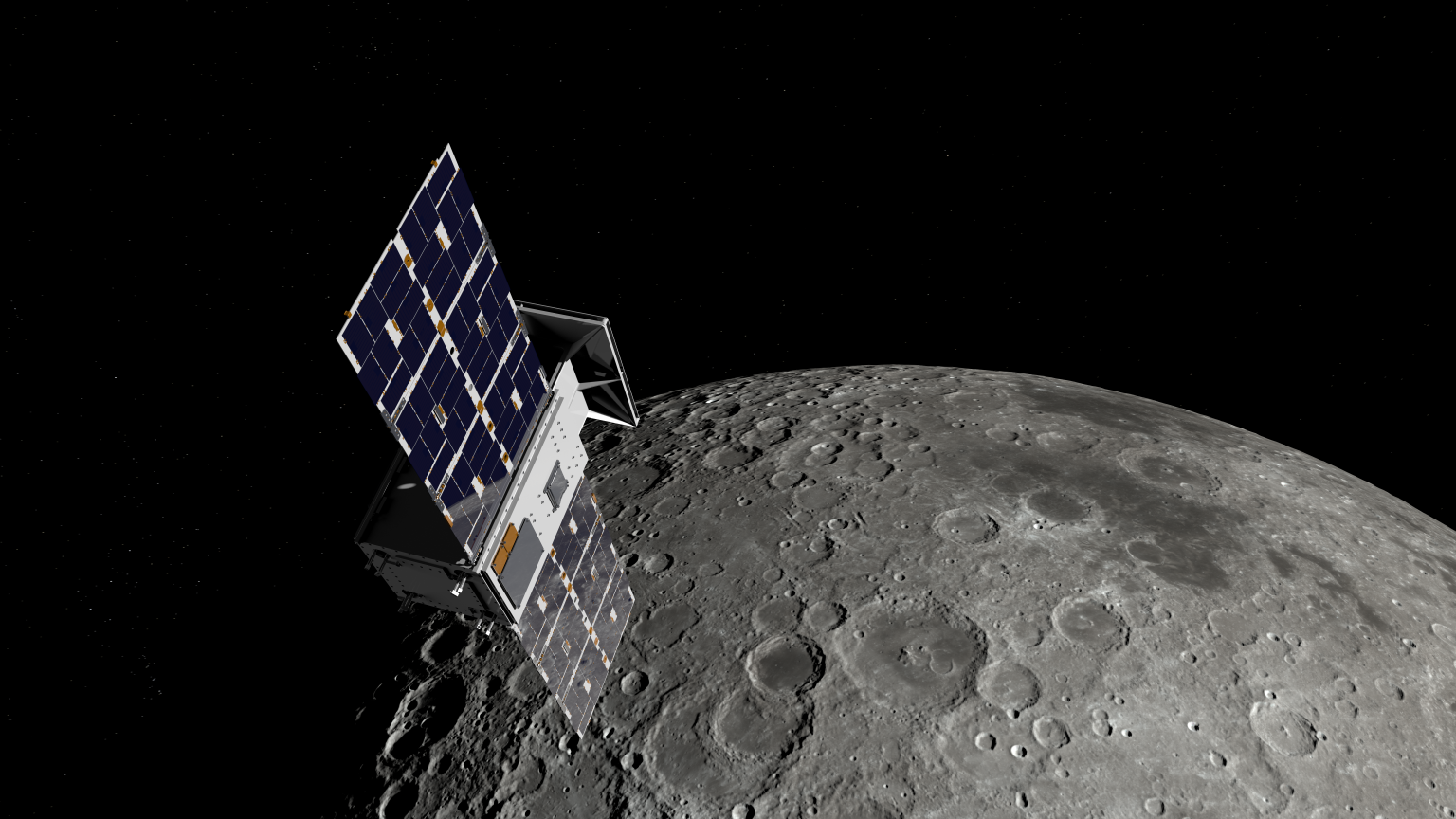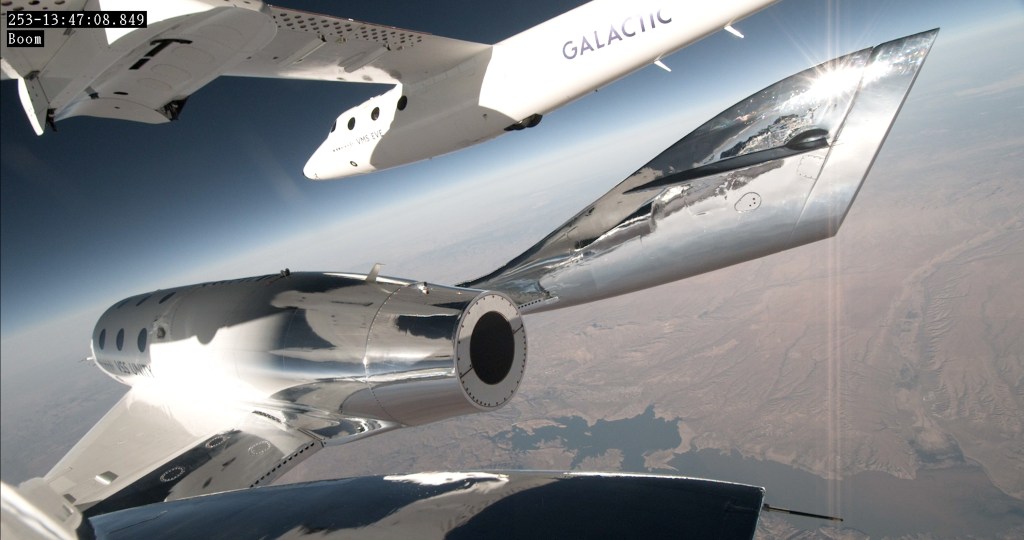
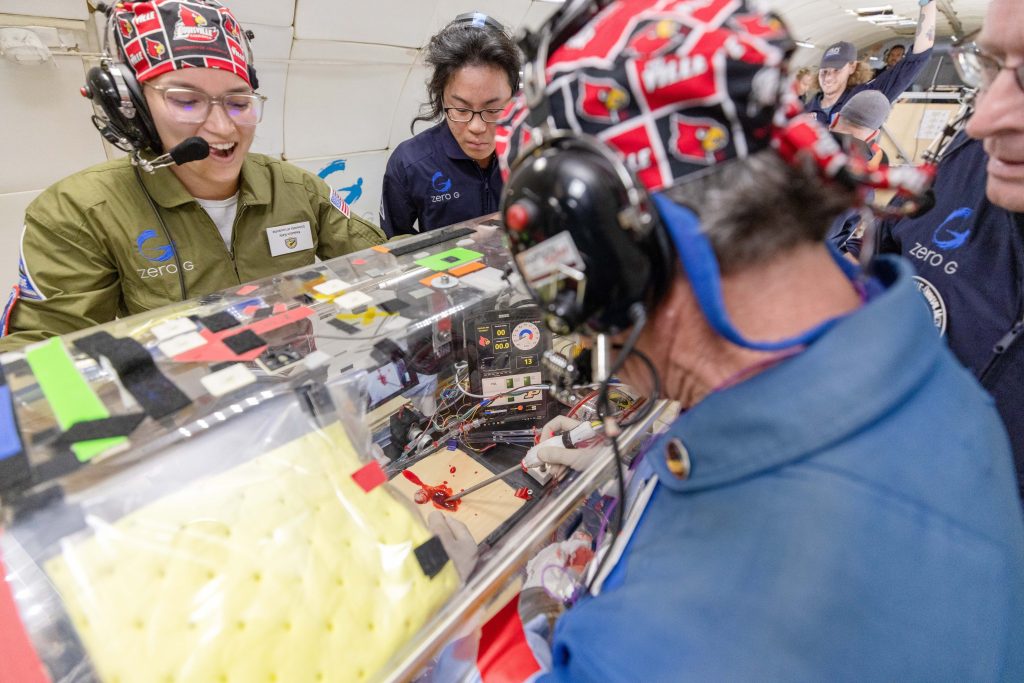
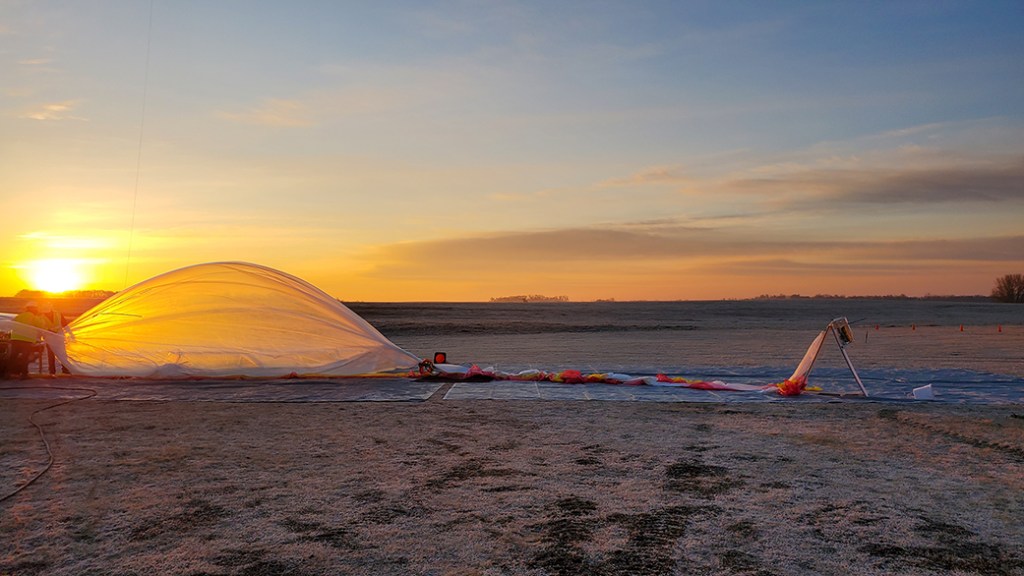
Participating Flight Providers
Flight Opportunities works with commercial flight providers to advance space technologies from industry, academia, non-profit research institutes, as well as those from within NASA and other government agencies. The list below includes companies that have flown Flight Opportunities-supported payloads or who are part of selected proposals. Eligibility requirements for flight providers through TechFlights may change, so please read solicitation details carefully.
Note: TechFlights researchers are not restricted to the vendors listed here.
Learn more about NASA’s TechFlights solicitation.
Rocket-Powered Vehicles | High-Altitude Balloons | Parabolic Flights | Hosted Orbital Platforms
Rocket-Powered Vehicles
Rocket-powered vehicles includes both suborbital reusable launch vehicles (sRLVs) that reach high altitudes and may include periods of microgravity, as well as lander vehicles that specialize in entry, descent, and landing (EDL) technologies. Both of these classes of vehicles are typically recoverable and reusable after launch.
High-Altitude Balloons
Large balloon systems reach a nominal altitude of 30 km and can also typically sustain the longest duration of the suborbital vehicles — hours, days, or even weeks at a time. This makes them ideal for payloads that benefit from extended periods of data collection.
Parabolic Flights
These flights achieve brief periods of reduced gravity through a series of maneuvers called parabolas. Parabolic flights can be used for testing technologies that need to operate in the absence of gravity.
Hosted Orbital Platforms
In collaboration with NASA's Small Spacecraft Technology program, Flight Opportunities also offers opportunities on orbital platforms that can host payloads.
Learn More and Get Involved

Commercial Flight Providers
When non-U.S. government researchers compete for funding through the Flight Opportunities program's TechFlights solicitation, they can propose to use any viable U.S.-based commercial provider. For U.S. government research, NASA has IDIQ (Indefinite Delivery/Indefinite Quantity) contracts with several flight services vendors.



























